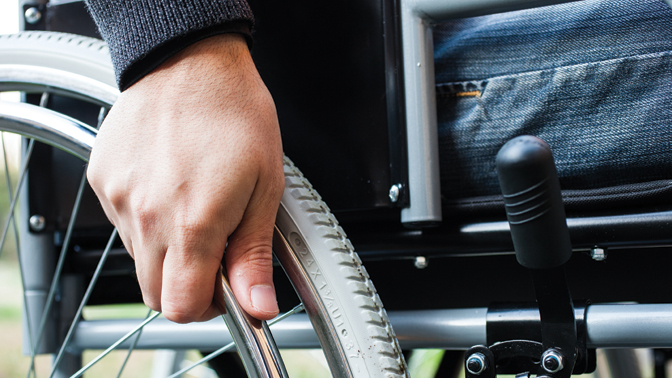
Rick Hansen is a Canadian icon who changed our perception of spinal cord injury (SCI). As a teenager, he sustained an SCI that paralyzed him below the waist. Despite his disability, he embarked on a trek across the world in his wheelchair. He performed this amazing feat as part of his ‘Man in Motion World Tour’ to raise funds for SCI research and promote the potential of all people living with disabilities.
The spinal cord consists of a thin column of nerve tissue that extends from the base of the brain to the lower back. It serves as the main pathway through which the brain and the rest of the body communicate. This two-way communication is dependent on the millions of nerve cells and the fibers that extend from them and comprise the spinal cord. Damage to the spinal cord can kill nerve cells or impair their function, leading to pain, paralysis and loss of sensation in different parts of the body. Presently, there are no treatments to repair the damage from SCI.
Researchers have shown that a molecule known as RGMa is involved in nerve tissue injury. RGMa is produced in nerve tissue, prevents the growth of damaged nerve fibers and is detected at high levels in tissues affected by diseases such as multiple sclerosis and Alzheimer disease.
In light of these observations, a team of Krembil researchers examined the potential role of RGMa in SCI. This team was led by Drs. Charles Tator, Philippe Monnier and Andrea Mothe.
The researchers found that damaged spinal cord tissue from patients and an experimental model of SCI contained high levels of RGMa, suggesting that the molecule was produced in response to damage. Importantly, they showed that inhibiting RGMa activity in the SCI model produced several positive effects: not only did it promote the survival of nerve cells and the growth of their fibers near the site of injury, but it also improved movement, coordination and mobility. Moreover, the inhibition of RGMa also alleviated the pain that typically follows SCI.
These findings highlight the therapeutic potential of targeting RGMa to promote recovery after SCI. If RGMa inhibition continues to produce promising results in the lab, clinical trials will be conducted to establish whether it benefits patients with SCI.
This work was supported by the Rick Hansen Institute, the Canadian Institutes of Health Research, AbbVie, Spinal Cord Injury Ontario and the Toronto General & Western Hospital Foundation.
Mothe AJ, Tassew NG, Shabanzadeh AP, Penheiro R, Vigouroux RJ, Huang L, Grinnell C, Cui YF, Fung E, Monnier PP, Mueller BK, Tator CH. RGMa inhibition with human monoclonal antibodies promotes regeneration, plasticity and repair, and attenuates neuropathic pain after spinal cord injury. Sci Rep. 2017 Sep 5. doi: 10.1038/s41598-017-10987-7.




